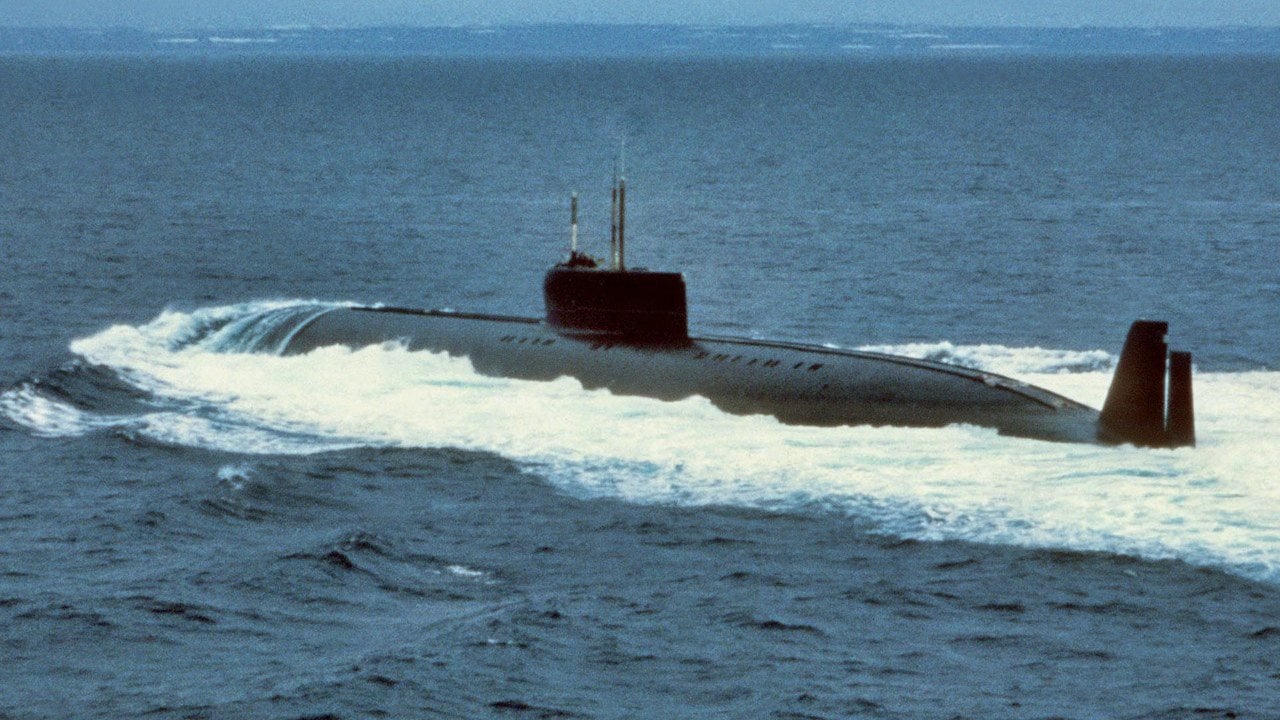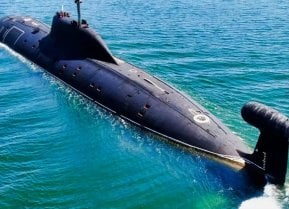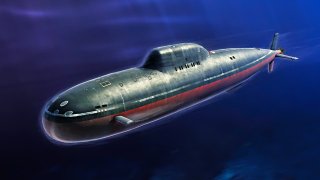Titanium Submarines: The Game Changer Warship the Navy Never Built
The Soviet’s Project 705 Lira-class became the first submarine to feature titanium on its hull. This revolutionary approach paved the way for future USSR vessels to be constructed similarly. So why didn't the U.S. Navy go in the same direction?
Why America never built titanium submarines like Russia?: In the 1960’s, the arms race between the U.S. and USSR was peaking.
The drive to develop the most sophisticated military platforms culminated in the introduction of a variety of Cold War-era platforms still respected today. From airframes and submarines to main battle tanks and air-defense systems, new technologies were beginning to push the envelope on innovation.
The Soviets believed their use of titanium to construct submarines would give them an edge over the Americans. However, since titanium was pricier and harder to source for the U.S., its own Navy never followed suit with using this material to build submarines.
Introducing the Alfa-class titanium submarines
The Soviet’s Project 705 Lira-class became the first submarine to feature titanium on its hull.
This revolutionary approach paved the way for future USSR vessels to be constructed similarly. Designated by the North Atlantic Treaty Organization (NATO) as “Alfa,” these nuclear-powered attack submarines were powered by a technically advanced lead-cooled fast reactor design.
This layout greatly reduced the size of the reactor, therefore minimizing the overall size of the vessel. The Alfa submarines were the fastest of their kind to ever be built. These formidable ships were able to reach a top speed of 41 knots.
Outlining the pros and cons of titanium:
While titanium is pricier than steel and other metals, it has some pros. Titanium alloy is typically stronger than steel and less corrosive in saltwater. In terms of submarine performances, titanium is better suited to handle increased pressure during deep dives up to 2,200 feet below sea level.
Its high specific strength, non-magnetic qualities and superior corrosion resistance make it the ideal alloy for submarines.
When the Alfa-class submarines were introduced to service with the Soviet Navy, Washington immediately became concerned with their fast speed and deep-diving capabilities. The Alfa’s abilities were so advanced that they may have not been able to be reliably countered by the U.S. Navy’s arsenal of anti-submarine torpedoes. Initially, the service toyed with the idea of constructing future submarines with titanium alloy.
However, the metal’s expensive costs and its limited presence in the U.S. proved to be too big of a challenge for the service to overcome.

Additional shortcomings of using titanium has been outlined by Mark Episkopos, “Titanium panels are more difficult to bend into shape, especially on the scale of military submarines. To be successfully manipulated, titanium had to be handled in specially constructed, argon-infused warehouses by trained welders equipped with an outside supply of oxygen. A costly and time-consuming process of trial and error reaffirmed that titanium is subject to embrittlement by hydrogen at higher temperatures, potentially causing design imperfections that may compromise the submarine’s structural integrity.”
Instead, the Navy prioritized enhancing its own undersea warfare capabilities to better counter titanium-designed Soviet submarines. The MK 48 heavyweight torpedo was developed in the early 1970’s, specifically designed to sink deep-diving nuclear-powered submarines in addition to high-performance surface ships. The advanced weapon replaced the earlier Mk-37, Mk-16 and Mk-14 torpedoes as the primary weapon of U.S. Navy submarines.
About the Author: Maya Carlin
Maya Carlin, National Security Writer with The National Interest, is an analyst with the Center for Security Policy and a former Anna Sobol Levy Fellow at IDC Herzliya in Israel. She has by-lines in many publications, including The National Interest, Jerusalem Post, and Times of Israel. You can follow her on Twitter: @MayaCarlin.


